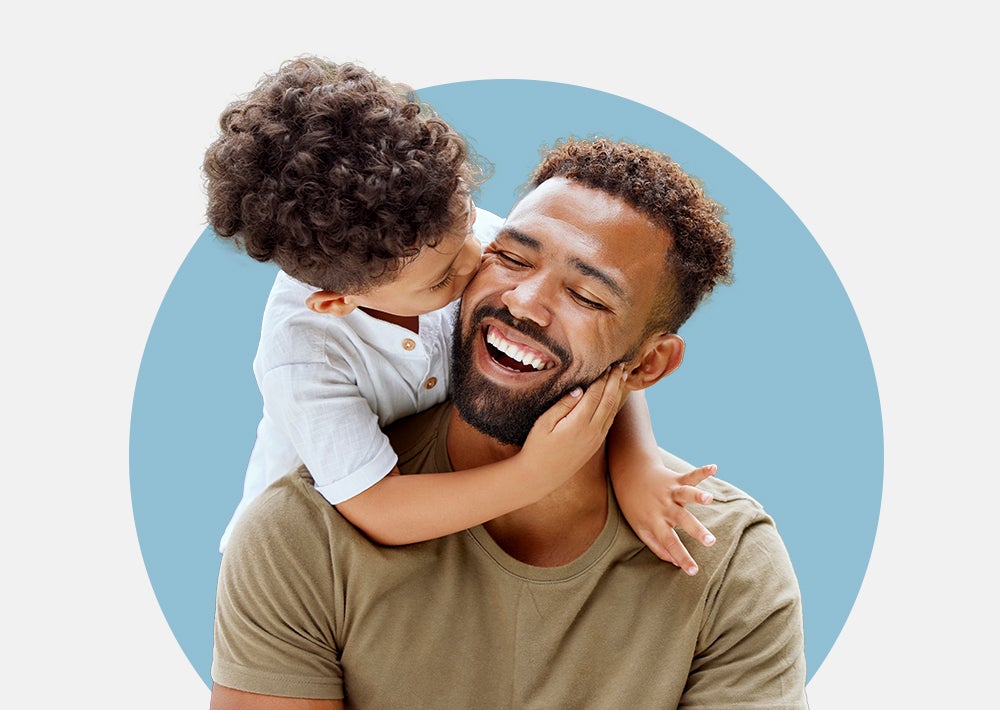
From promoting health equity to helping improve medication adherence and more, explore some of the ways that Phreesia can help brands maximize their point-of-care campaigns and activate key patients in the moments that matter.
Digital innovations have greatly expanded the possibilities for engaging with patients at the point of care, solidifying the channel as a key outlet for doing much more than driving brand awareness and sending patient reminders.
Point-of-care outreach can make an even greater impact with Phreesia’s PatientConnect platform, which helps brands reach high-quality audiences at every stage of their healthcare journey, including before and after appointments. From promoting health equity to improving medication adherence, explore some of the ways that Phreesia helps brands maximize their campaigns and activate key patients in the moments that matter. Here are three of our data and content-segmentation capabilities to explore.
1. Promote culturally competent campaigns
Our digital point-of-care platform, PatientConnect, leverages information collected with consent on Phreesia’s intake platform during appointment check-in to deliver personalized health content to clinically qualified patients. With the ability to reach specific patient groups, brands can diversify their messaging to those patients’ individual needs and experiences, focusing on their medical or medication history, language preferences, insurance coverage type and other meaningful data.
Indeed, crafting culturally relevant messaging is imperative for effectively connecting with diverse patient audiences—and approximately 1 in 5 people in the U.S. speak a language other than English at home.1 Identifying language and other patient barriers to care gives brands the opportunity to personalize doctor discussion guides and offer resources relevant to patients’ racial or ethnic background. For example, after serving a culturally relevant health message on our platform to patients from a specific racial or ethnic group, results showed a 25% increase in those patients’ plans to discuss that health topic with their provider, compared to a nontailored message.
2. Drive earlier diagnosis and testing
In addition to delivering content tailored by demographic, Phreesia can also provide symptomatic and high-risk patients with disease education to drive earlier diagnosis and testing. Point-of-care messaging, particularly when it’s personalized, can help patients recognize whether their symptoms align with a specific disease or condition—and raise that possibility with their doctor during their appointment. From there, doctors can discuss symptoms and explore testing options that can lead to a faster diagnosis. That was the case for Chemikia White, a Phreesia patient.
“Phreesia saved my life. After viewing health content on its platform during check-in, I decided to ask my doctor about a potential treatment for some issues I was experiencing,” White says. “My doctor ran some tests that showed I had a severe medical condition, and I ended up having an operation that pretty much saved my life. The content Phreesia presented helped me ask the right questions to get the care I needed.”
When patients don’t get necessary preventive care, their risks for avoidable illnesses and premature mortality goes up—as does the cost of their care. And with missed preventive care opportunities amounting to an estimated $55 billion per year in the U.S.,2 providing patients with the right tools and information just before their medical appointments is a strong way to help improve health outcomes and drive down costs. For example, in one campaign on the Phreesia platform, patients who were served unbranded educational messaging about a condition were four times more likely after screening to receive a diagnosis than the general population.
3. Boost retention and prescription fills
Poor medication adherence is a huge problem across the U.S., with the National Institutes of Health estimating that 1 in 3 patients never fill their prescriptions across categories.3 To address that problem, Phreesia helps brands understand the various real-world barriers that keep patients from adhering to their prescribed medication, says Alicia Cowley, MD, Director of Clinical Content, Phreesia.
“Barriers to adherence don’t just stem from patients not knowing enough about or feeling apprehensive about taking a medication,” Cowley explains. “There are countless logistical and financial challenges that keep patients from taking prescriptions, so it’s crucial to find out what those are and address them on an individual level.”
Patients also are often unaware that condition-specific patient-support programs (PSPs), treatment-reminder programs and copay assistance even exist: Phreesia survey data shows that 3 in 5 patients have little to no knowledge of PSPs, and just 3% of eligible patients currently use them. Leveraging the point of care to connect patients with educational content and support resources that are personalized to their unique needs can help ensure successful patient starts and meet medication-adherence challenges head-on.
Learn more about how Phreesia can help you take your campaigns to the next level and activate the right patients in the moments that matter.
References:
2 Batarseh F, Ghassib I, Chong D, Su PH. Preventive healthcare policies in the US: solutions for disease management using Big Data Analytics. Journal of Big Data. 2020;7(1):38. https://doi.org/10.1186/s40537-020-00315-8
3 2022 National Institutes of Health Meta-Analysis


